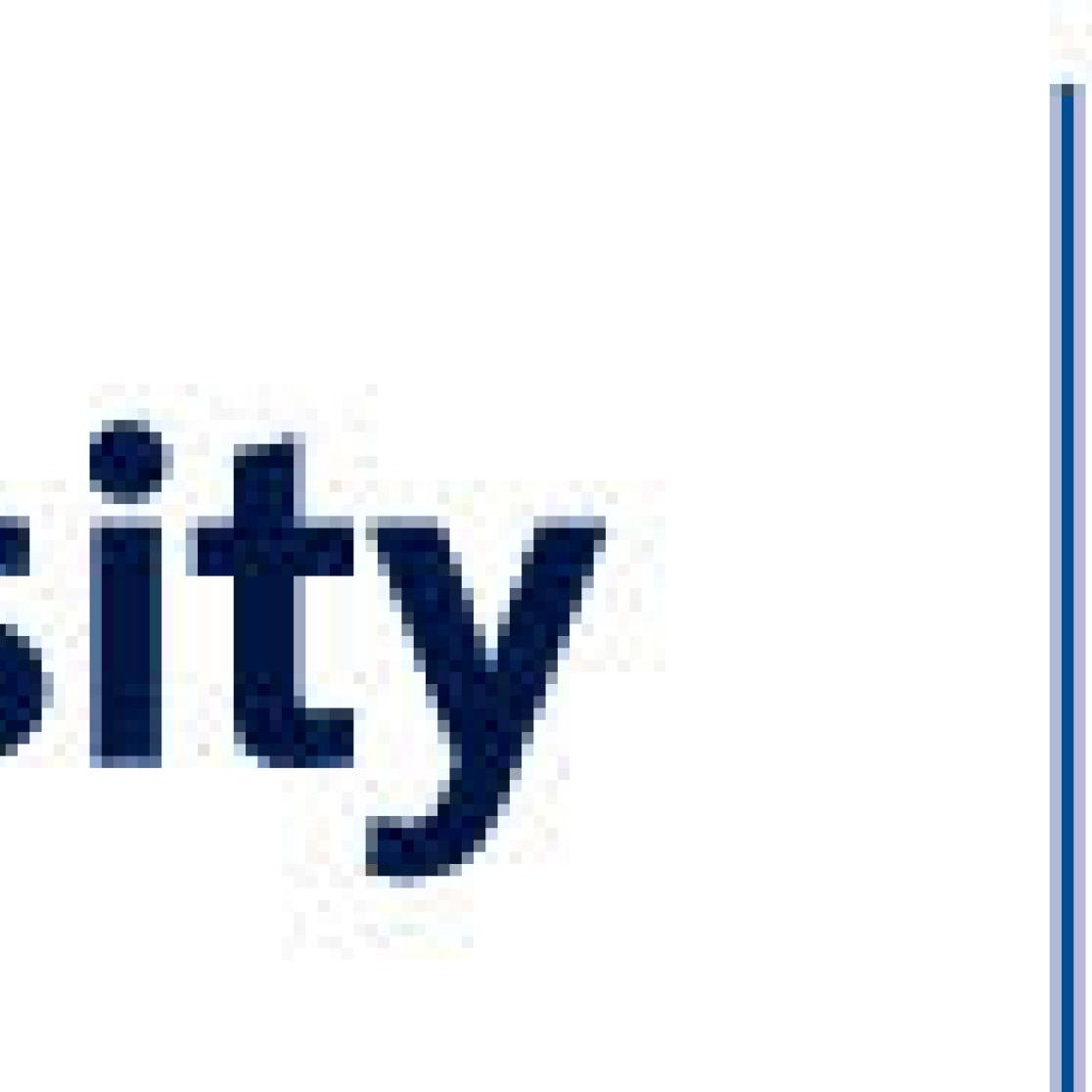Vision and Ophthalmology
Crossroad
Research theme: Neuroimaging
Clinical pillar: Vision and Ophthalmology
Research focusses on glaucoma, corneal transplantation and refractive and cataract surgery, common eye diseases with a major impact on patients' quality of life and high societal costs. Different highly sophisticated imaging modalities are being used in ophthalmology, including Fundus Photography, Scanning Laser Ophthalmoscopy (SLO), Optical Coherence Tomography (OCT), OCT angiography (OCTA), Scheimpflug imaging and Corneal Confocal Microscopy. All these imaging modalities are also used in the Maastricht Study, a comprehensive phenotyping study focusing on the etiology of type 2 diabetes that collected data from 9000 subjects. In addition, we are developing new multispectral imaging techniques and image analysis tools based on innovative, newly developed and robust brain-inspired mathematical algorithms and making use of deep learning techniques.
Unique contributions and highlights
Since a lot of information about eye diseases is present in the patient him(her)self, we established the Eye tissue Bank Maastricht in which medical data and biomaterials are collected (bloods, tears and tissue released or removed during eye operations). Examination of a patient's tissue and data may in the future be of great value for the diagnosis and treatment of this specific patient. In this way, the Eye tissue Bank Maastricht fits in with setting up and developing an increasingly precise treatment plan for our patients in the future, tailored to the individual patient.

Retinal SLO, OCT, hybrid angiography with high-resolution OCTA and anterior segment OCT images (www.heidelbergengineering.com).
